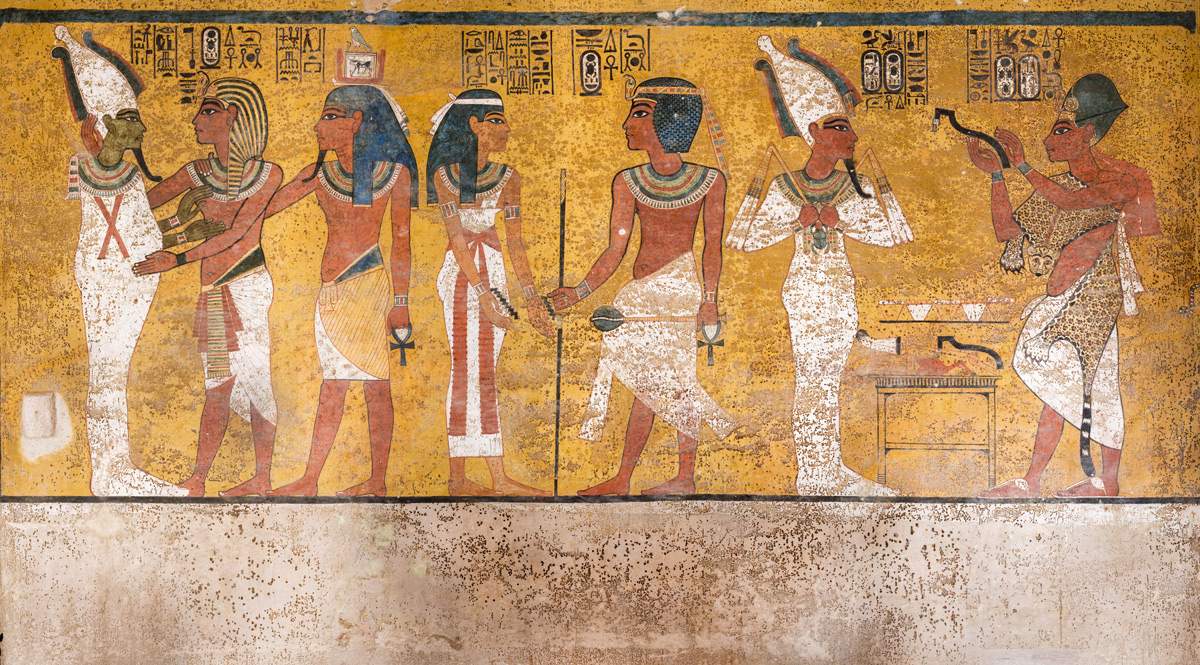Restoration work on the tomb of Pharaoh Tutankhamun has been completed after ten long years.
The restoration, officially unveiled on Jan. 31, 2019, was conducted by the Getty Conservation Institute with the aim of minimizing the damage created by the excessive influx of tourists such as scratches, dust and mold.
“One of the problems with this little tomb is the atmosphere,” explained Neville Agnew, head of the conservation project at the Getty Institute. “Many visitors, for almost a hundred years now, since the tomb was opened in 1922, have visited the tomb, which was sealed three thousand years ago. When it was opened there was an environmental shock.”
Zahi Hawass, archaeologist and former minister of antiquities, suggests limiting visits to the tomb. “We have to limit the number of tourists because if we allow this mass tourism to continue, as it does every day, this tomb will not live another 500 years, it will be completely damaged,” he said, adding, "We have to look ahead to the next 100-200 thousand years. If we leave the tourism situation as it is now, the tomb of the Valley of the Kings will be completely finished. I think we should save our three most important tombs: that of Nefertari, that of Seti, and that of Tutankhamun."
Returning to the restoration, the work was made possible by a new technique consisting of a ventilation and air filtration system that removed dust and carbon dioxide from the tomb and reduced humidity.
Tutankhamun (ca. 4th century BCE) was the youngest pharaoh inEgypt’s history, having been crowned as a child and having died at only 18 years old. His tomb was discovered 1922 by British archaeologist Howard Carter in Luxor, located on the left bank of the Nile, and his mummy, at the time of discovery, wore the mask of solid gold and glass pastes, considered a symbol both of Tutankhamun and of allEgyptology.
Pictured: the north wall of Tutankhamun’s tomb.
 |
| Egypt, finishes restoration of Pharaoh Tutankhamun's tomb after 10 years |
Warning: the translation into English of the original Italian article was created using automatic tools. We undertake to review all articles, but we do not guarantee the total absence of inaccuracies in the translation due to the program. You can find the original by clicking on the ITA button. If you find any mistake,please contact us.